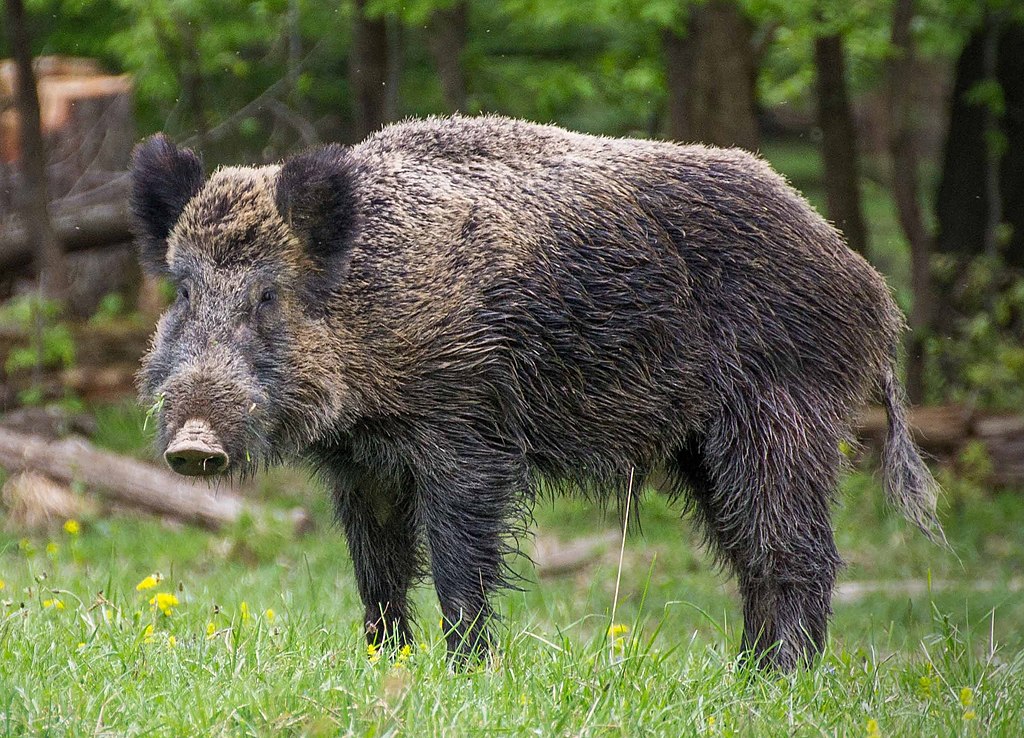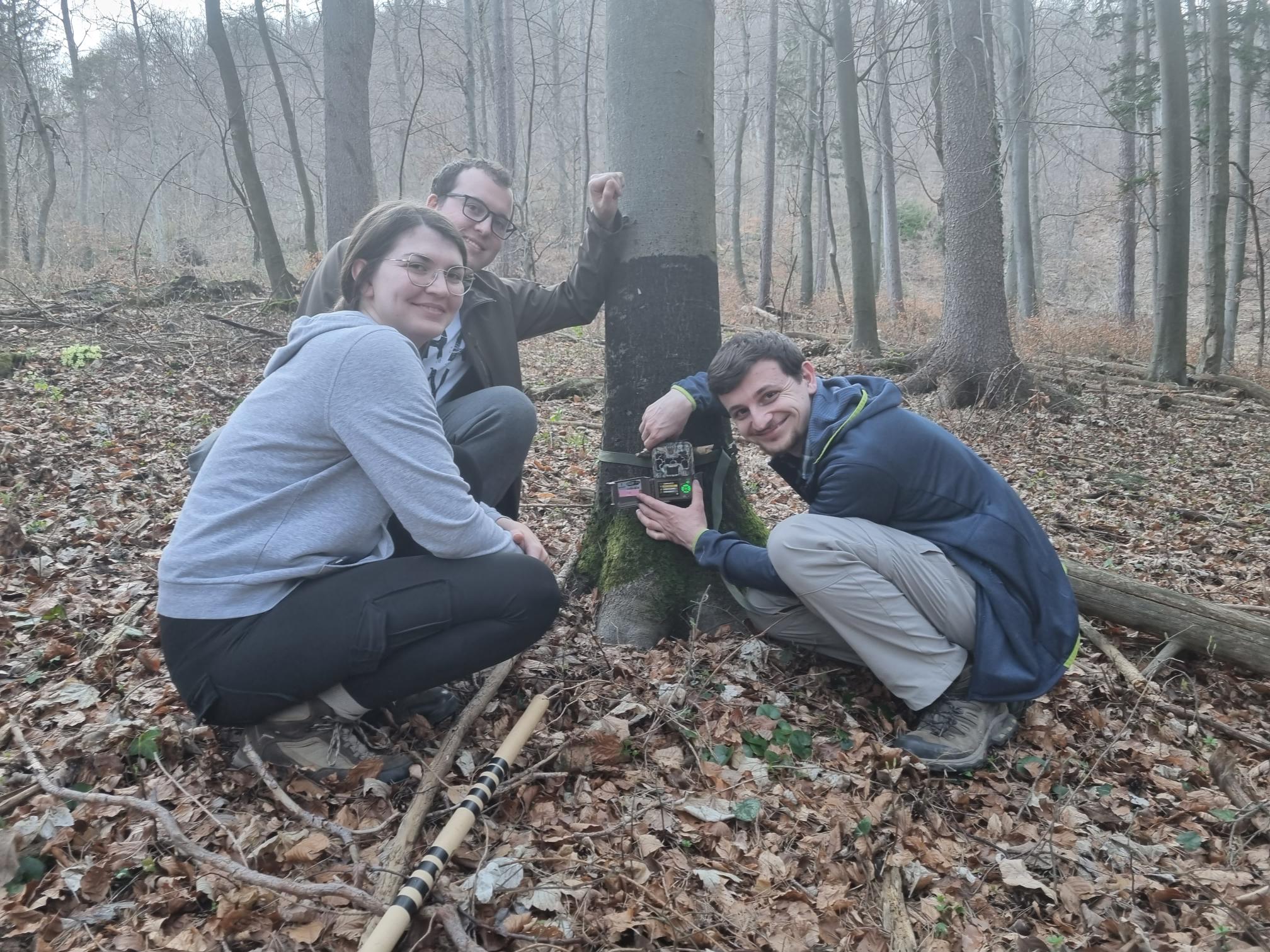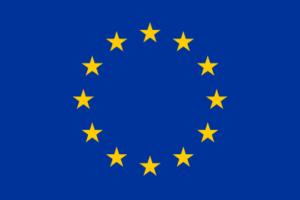Animal populations do not have much understanding of human boundaries and borders, and although national research efforts are important, to fully understand the behaviours of large terrestrial mammal populations, a wider net must be cast, this is why international collaborations and knowledge sharing is so vital.
Projects such as the European Observatory of Wildlife (EOW), part of the ENetwild project, allow for multiple conservation organisations from across the continent to pool their data and contribute in the development of modern methodologies for assessing wildlife populations in the EU.
In Slovenia, our Step Change partners from the University of Primorska (UP), have been working closely with research groups from the Faculty of Environmental Protection (FVO) to collect data on wild boar populations across 72 locations in the Primorska hunting management area (including the Rižana and Vrha Vrabče regions), using remote camera trapping technology. Working alongside local hunting organisations, and our collective efforts, we have been able to carry out 2,219 days of camera trap monitoring in these regions, over the period of July-November 2022.

From this data, the University of Primorska has been able to calculate population density estimations of wild boar in these regions, with 11.1 individuals per km2 in the hunting ground Rižana (SE = 4.3), and 7.6 individuals per km2 animals (SE = 2.5) in the hunting ground Vrha Vrabče.
Following on from the success of this first round of monitoring, in March of 2023, the UP expanded their research area to include the Oljka Šmartno ob Paki hunting ground, and other regions along the expected population density gradient of this species.
Our Step Change team from UP has also been busy, organising further meetings with local hunting groups, reaching out to local communities, and inviting them to share their own observations, giving them the opportunity to contribute to wildlife monitoring research using the Step Change SRNA smartphone app.

We intend to continue working closely alongside the FVO, and together with our citizen scientists, help to gain a better understanding of the behaviour and distribution of some of the important local wildlife species in Slovenia, and beyond.
Learn more about our SRNA App here, or about the work of the FVO.
